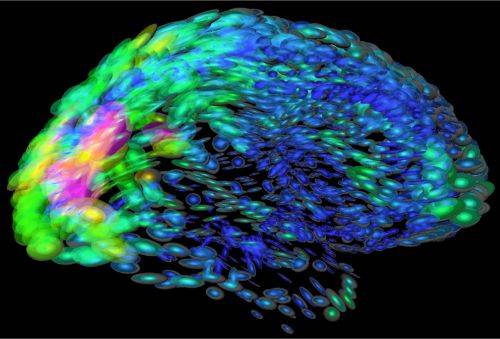How “Social Network” of the Neurons in Brain Formed?
According to a study of Tel Aviv University (TAU) in Israel, published in journal “PLoS Computational Biology”, The Glial cells (The Greek name for “glue”) which bind neurons and protect the cells that determine our thoughts and behaviors can have several other functions.

This connective tissue or connection also interferes with adaptation to different stimuli in learning and memory. Scientists suspect that glia is even more central to the functioning of the brain because it is abundant in the hippocampus (which is in the middle of the body) and the cortex (outer layer). These two parts are those that have greater control over the ability to process information and save them.
The glial cells of the brain are like supervisors. By regulating synapses, control the transfer of information between neurons which affects how the brain processes the data and learn, explains postdoctoral student of TAU Maurizio Pitt.
The research – led by Professor Eshel Ben-Jacob of TAU together with Vladislav Volman, the Salk Institute for Biological Studies and University of California at San Diego USA, and Hugues Berry University of Lyon France – developed the first computer model that incorporates the influence of glial cells in the transfer of synapses.
This model can also be applied to brain networks based on technologies such as microchips, software and algorithms. In addition, studies could serve to disorders such as epilepsy and Alzheimer’s disease.
“Social Network” of the brain
The brain is composed of two main types of cells: neurons and glia. For each neuron, there are two to five glial cells.
The first trigger signals that dictate how we think and act, using connections called synapses to pass along the message to each other.
Ben-Jacob compares the brain to a social network, where messages originate in neurons, synapses that use as their delivery system, while the glia serves as moderator general, to regulate which messages are sent and when.
These cells can request the transfer of information or reduce the activity of synapses if they are very hyperactive.
Shortlink:

Recent Comments